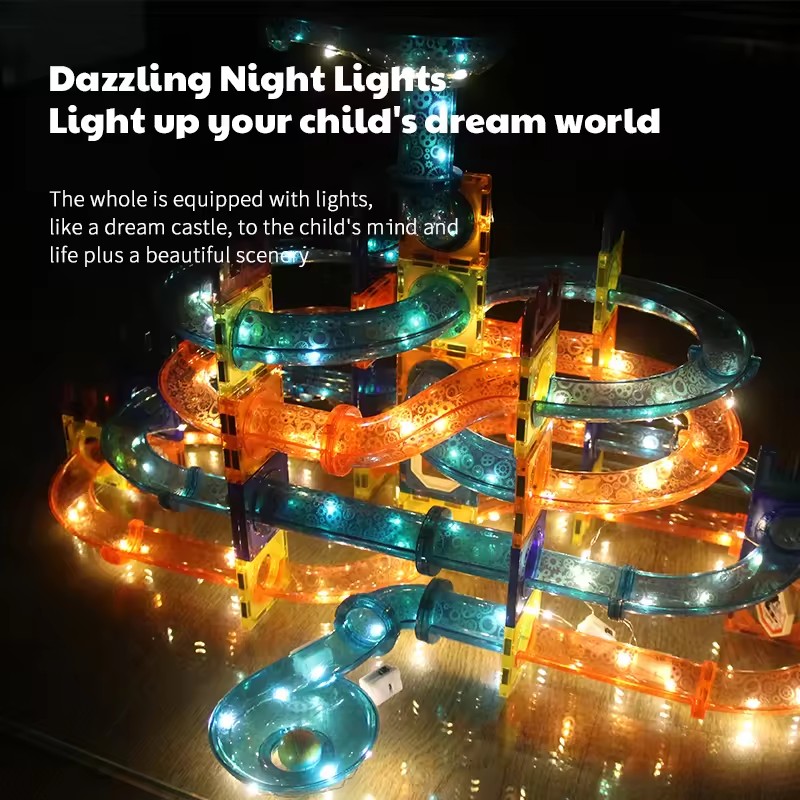Introduction:
Toys have been an integral part of childhood for centuries, providing entertainment, education, and a means of cultural expression. From simple natural objects to sophisticated electronic devices, the history of toys reflects the changing trends, technologies, and societal values across generations. In this article, we will explore the origins and evolution of toys, tracing their development from ancient civilizations to the modern era.
Ancient Civilizations (3000 BCE - 500 CE):
The earliest known toys date back to ancient civilizations such as Egypt, Greece, and Rome. These early toys were often made from natural materials like wood, clay, and stone. Simple dolls, rattles, and pull-along toys have been discovered in archaeological excavations. Ancient Egyptian children played with miniature boats, while Greek and Roman children had spinning tops and hoops. These toys not only provided playtime fun but also served as educational tools, teaching children about their cultural heritage and social roles.


Age of Exploration (15th - 17th Centuries):
With the advent of exploration and trade during the Renaissance period, toys became more diverse and elaborate. European explorers brought back exotic materials and ideas from their voyages, leading to the creation of new types of toys. Porcelain dolls from Germany and wooden marionettes from Italy became popular among the wealthy classes. Board games like chess and backgammon evolved into more complex forms, reflecting the intellectual pursuits of the time.
Industrial Revolution (18th - 19th Centuries):
The Industrial Revolution marked a significant shift in the production and availability of toys. The mass manufacturing of toys became possible with advances in technology and machinery. Materials like tinplate, plastic, and rubber were used to create inexpensive toys that could be produced en masse. Wind-up tin toys, rubber balls, and paper dolls became widely available, making toys accessible to children from all socioeconomic backgrounds. The Victorian era also saw the rise of toy stores and catalogs dedicated exclusively to children's playthings.
Early 20th Century:
As society entered the 20th century, toys became even more intricate and imaginative. Die-cast metal cars, trains, and airplanes allowed children to recreate the rapidly changing world around them. Dolls like Wendy and Wade reflected changing gender roles and child-rearing practices. The development of plastics led to the creation of colorful plastic toys like Little Tikes' playground sets and Mr. Potato Head. Radio and television also began to influence toy design, with characters from popular shows being turned into action figures and play sets.
Late 20th Century:
The latter half of the 20th century saw unprecedented innovation in the toy industry. The introduction of electronics transformed toys into interactive experiences. Video game consoles like Atari and Nintendo revolutionized home entertainment, while robotic toys like Furby and Tickle Me Elmo captured the hearts of children worldwide. Board games like Dungeons & Dragons and Magic: The Gathering introduced complex storytelling and strategy elements. Environmental concerns also influenced toy design, with companies like LEGO promoting sustainable materials and reducing packaging waste.
Modern Era:
Today's toys reflect our increasingly digital and interconnected world. Smartphone apps, virtual reality heaadsets, and educational robotics kits offer cutting-edge technology for young minds. Social media platforms have given rise to viral toy sensations like fidget spinners and unboxing videos. Yet despite these advancements, traditional toys like blocks, dolls, and board games remain timeless favorites that continue to inspire imagination and creativity in children around the globe.
Conclusion:
The journey of toys through history mirrors humanity's own evolution, reflecting our changing interests, values, and technologies. From simple natural objects to sophisticated electronic devices, toys have always served as a window into the hearts and minds of children across generations. As we look towards the future of playthings, one thing is certain: toys will continue to captivate the imaginations of young and old alike, shaping the course of childhood for years to come.
Post time: Jun-19-2024



